The Centers for Disease Control and Prevention advise that travel, including air travel, increases your chances of contracting and spreading COVID-19. Still, experts agree that flying is safer now than it was earlier in the pandemic due to safety measures put in place by airports and airlines. As is the case with nearly everything during COVID-19, preparation and forethought are key when embarking on a trip. If you do choose to fly, below are some tips to help minimize the potential health risks.
Before arriving and while at the airport:
- Check-in at home. Check-in via the airline’s website, and print your boarding pass at home. This ensures that you will be able to avoid waiting in line to use check-in kiosks and minimize your interactions with airport personnel. While some may prefer to check-in via their smartphone, keep in mind that many passengers ahead of you may have placed their phones on the scanner, so if you do use your phone, make sure to disinfect it immediately.
- Pre-select a window seat if possible. This reduces the number of people sitting around you and allows you to keep your distance from people walking down the aisle.
- Wear a mask (this applies when at the airport, boarding and on the plane as well).
- Bring your hand sanitizer, and use it regularly. Keep in mind that the TSA has relaxed its liquid rule for hand sanitizers; travelers are allowed to bring a 12-ounce container of hand sanitizer, rather than the usual 3.4-ounce limit.
- Bring your food and drinks. Many airlines have reduced or eliminated in-flight service to lessen interactions between passengers and flight attendants. To limit your time in airport stores or restaurants, bring your food from home and an empty water bottle to fill up after you get through security.
- Limit yourself to a carry-on bag. This reduces the number of people who will touch your luggage during your trip, and you will not have to congregate around the baggage carousel with others after your flight.
- Bring a plastic sandwich bag for your identification. Put your passport or driver’s license in the plastic bag after being handled by airport personnel.
- Maintain social distancing whenever possible.
- Forego use of the bins at TSA checkpoints. The TSA recommends that travelers put personal items, such as phones, keys, and wallets, in their carry-on bags when going through security, rather than using a bin.
While on the airplane:
- Bring antibacterial wipes on the flight with you. Wipe down your seat, belt buckle, tray table, armrest, headrest and air vent. If you must use the bathroom on your flight, wipe down the door handle and other surfaces you may touch.
- Open your air vent. Fortunately, most airborne viruses are not easily spread on flights due to airplanes’ air circulation and filtration. Keep the air vents above your seat open to improve ventilation.


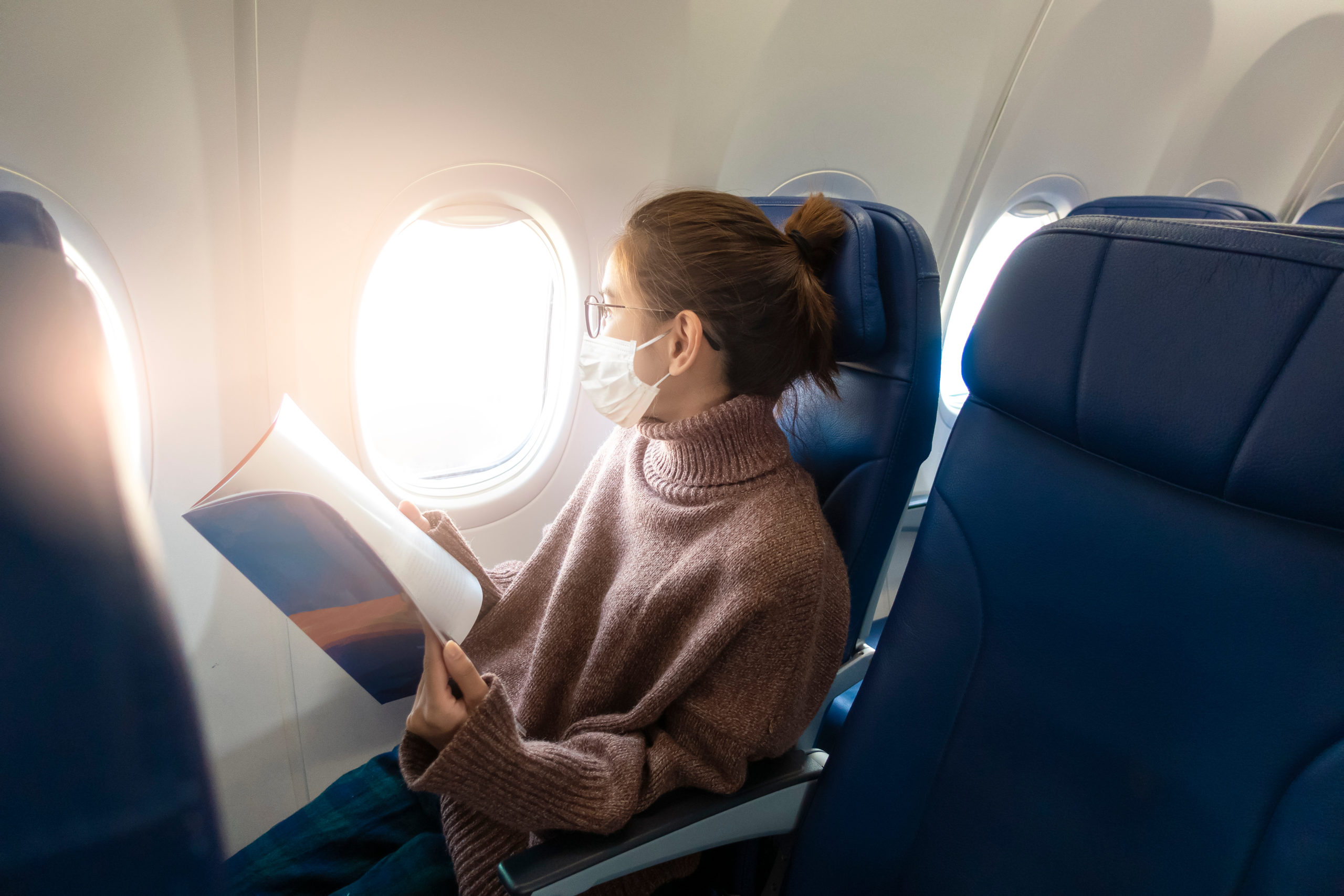
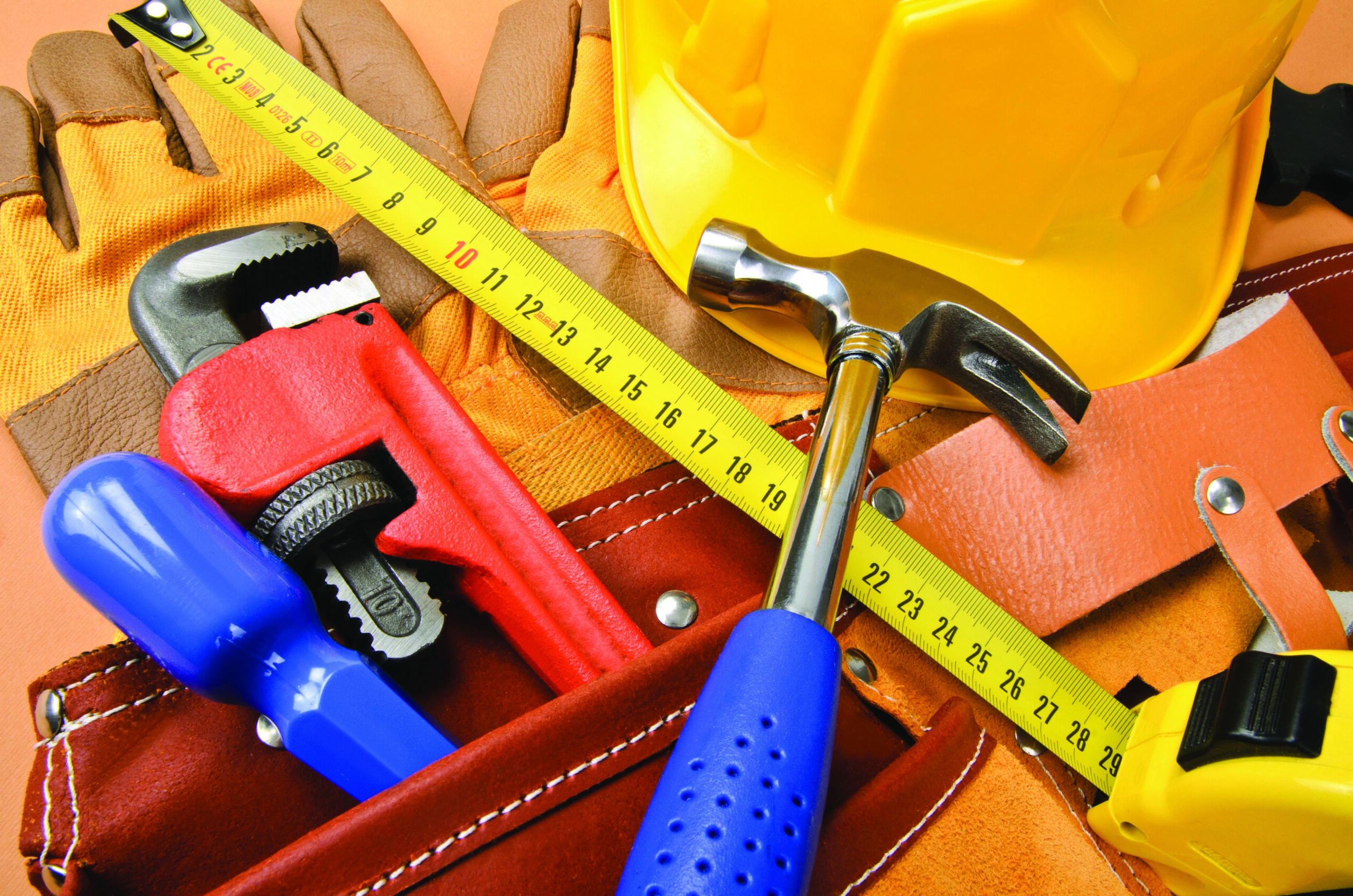
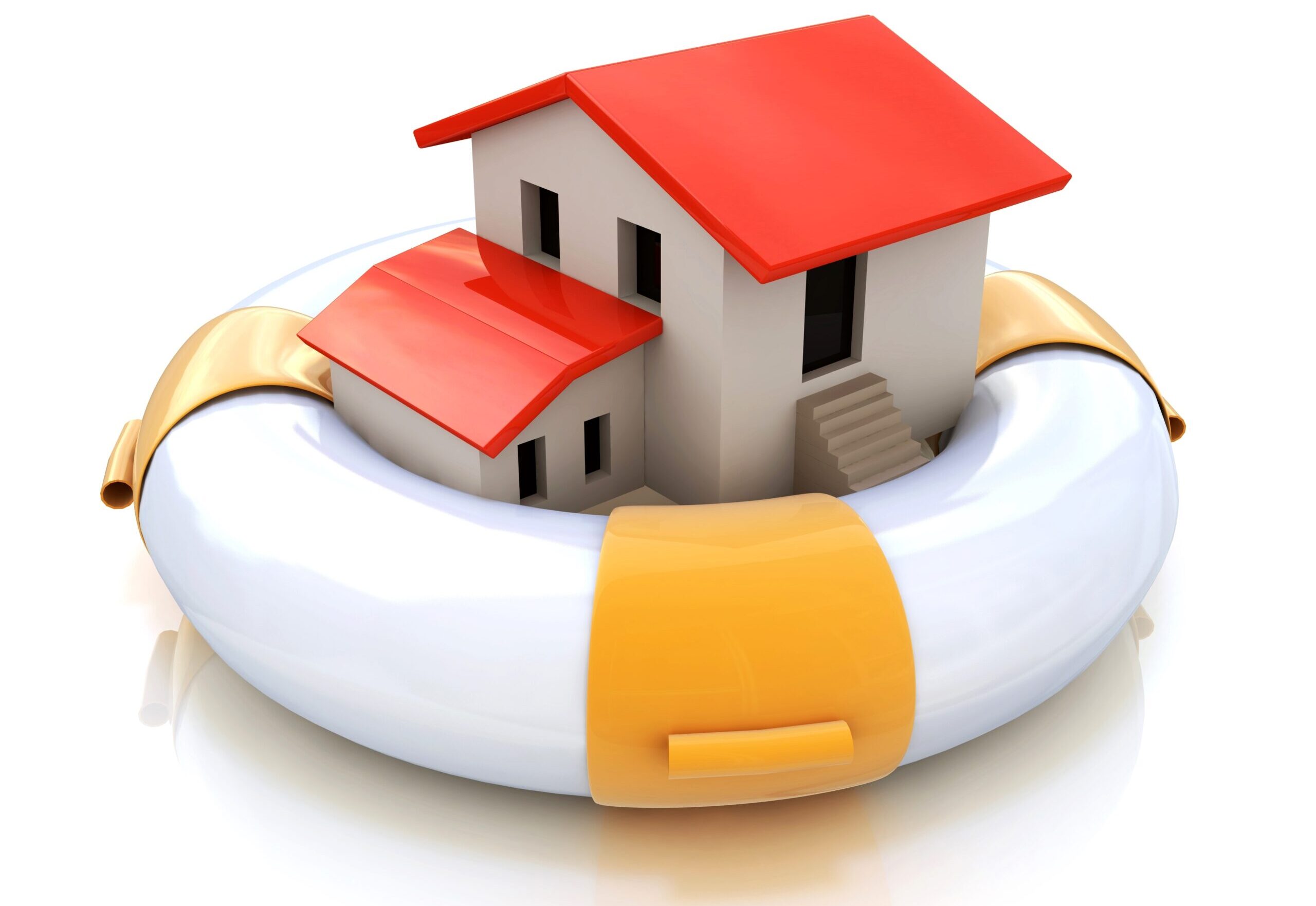
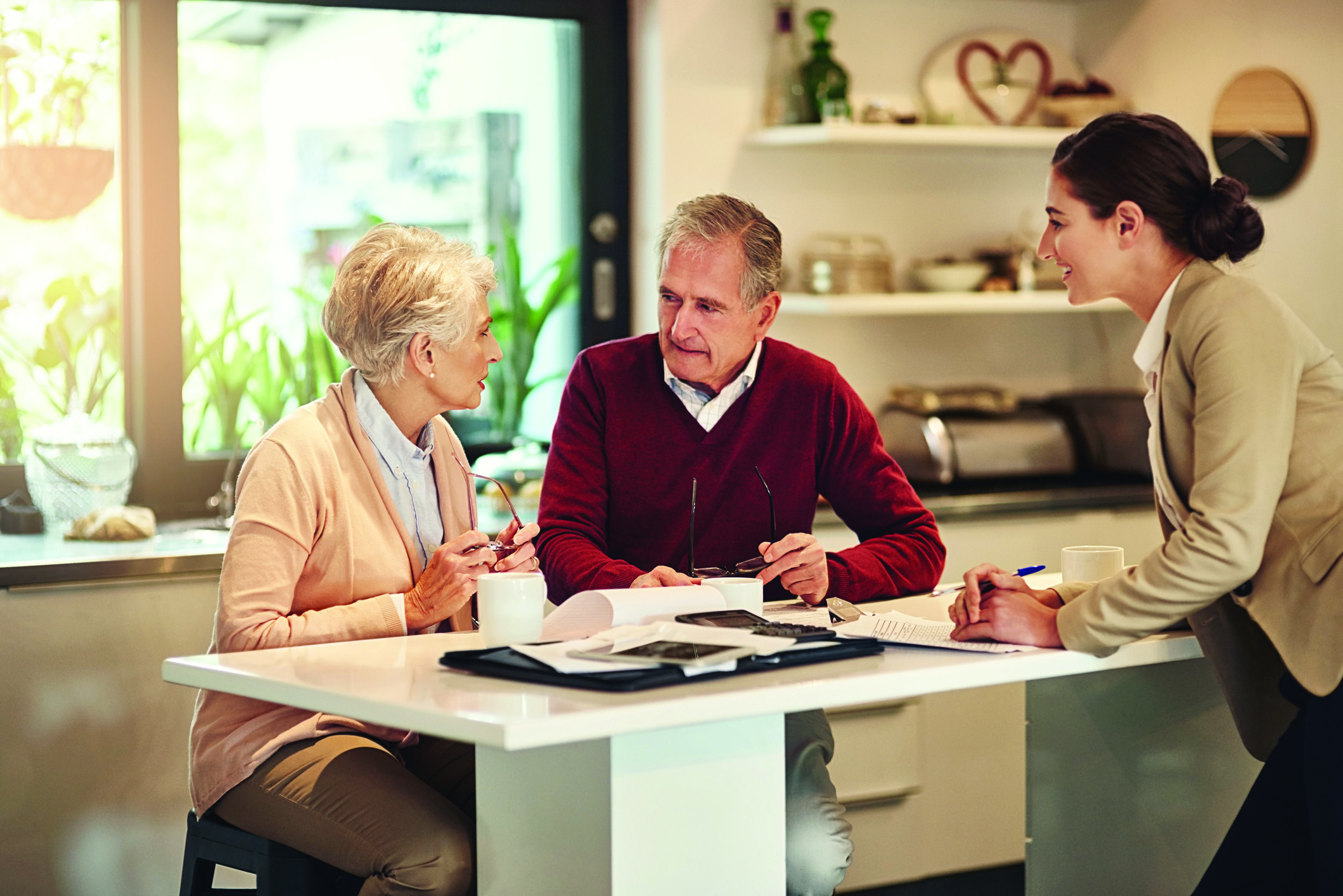
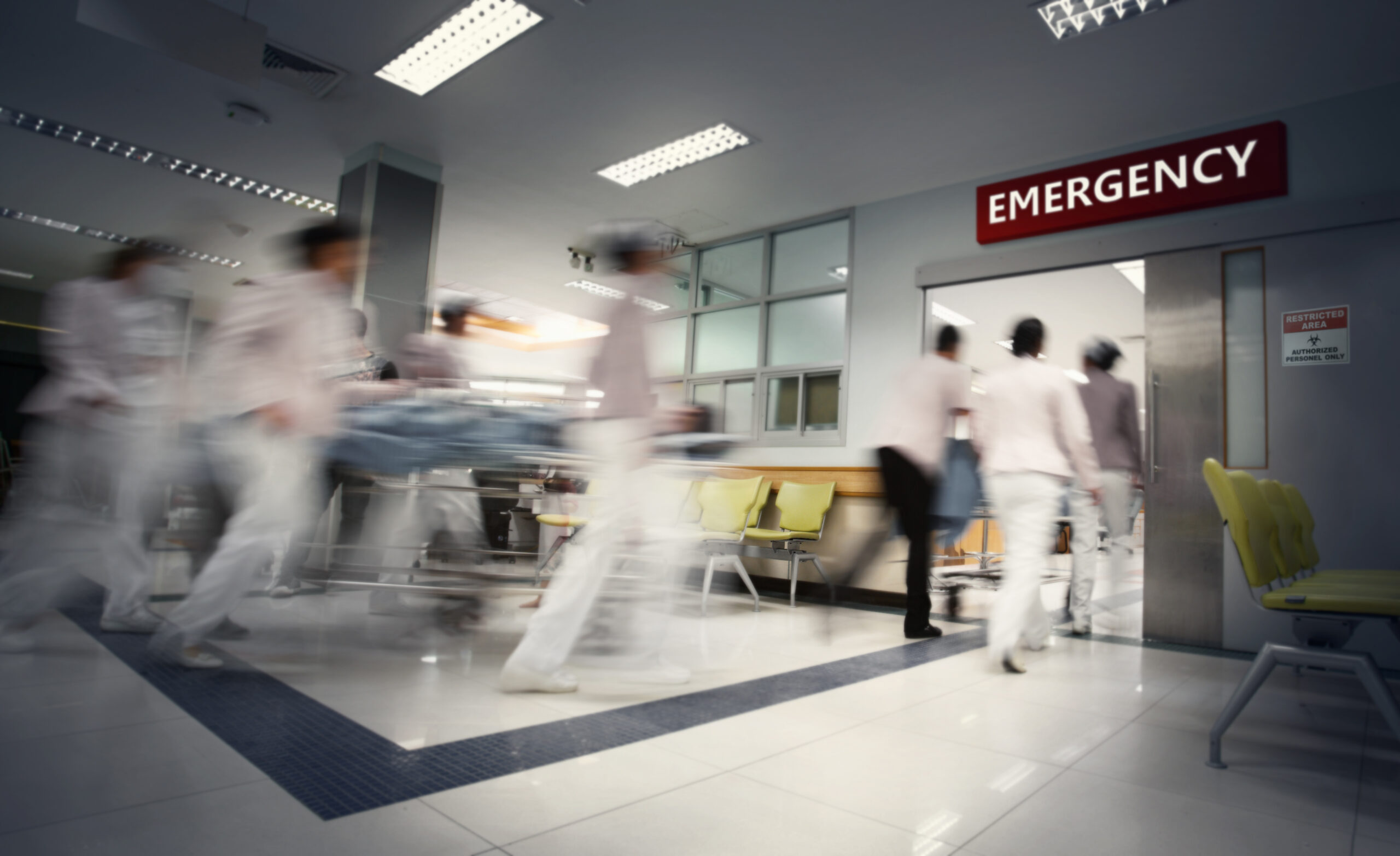
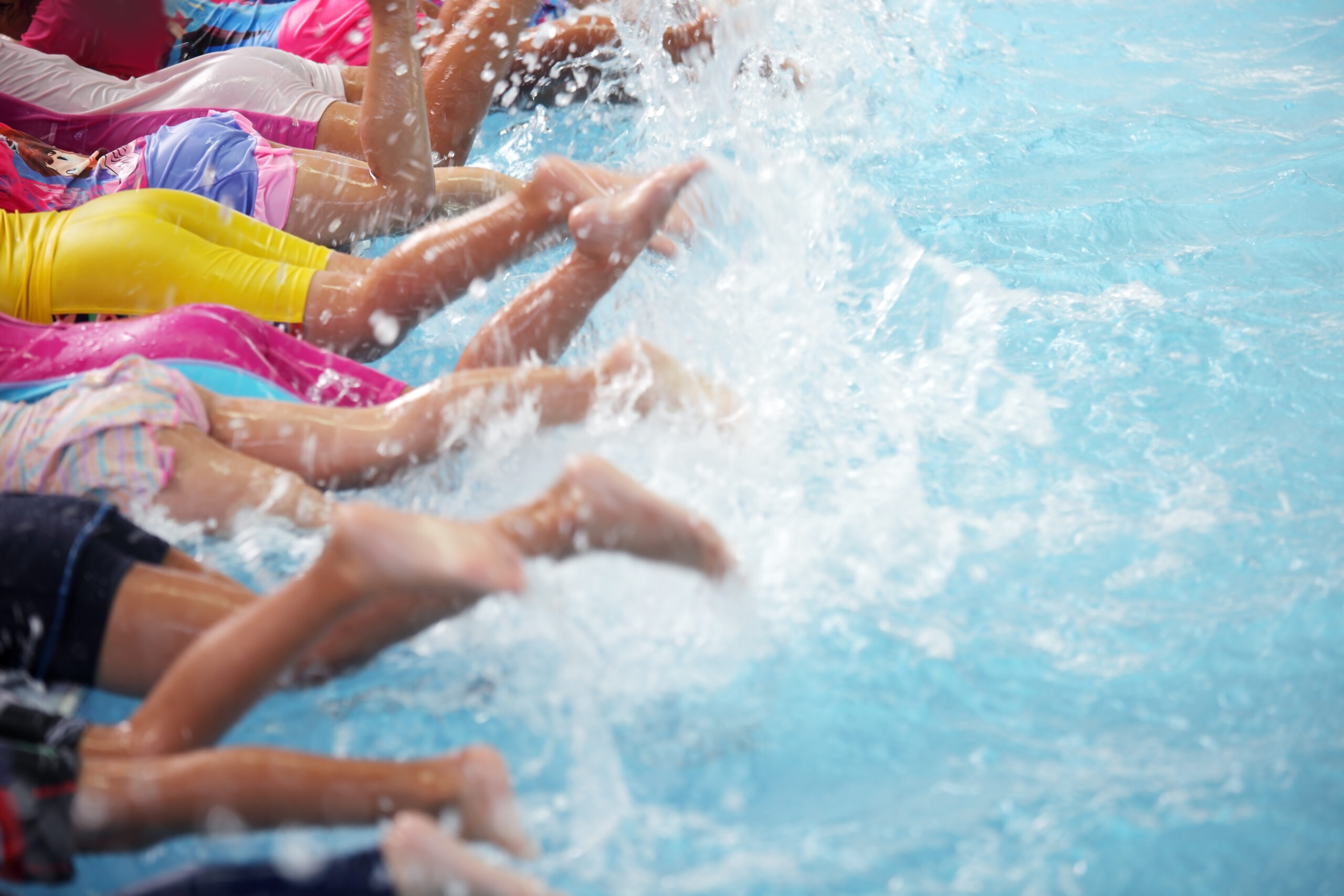
Leave A Comment